Description
The Talbot Inn
Originally known as the Abbott’s Hall, the Talbot dates back to 1360AD. It is thought to have been the Almoner’s House, a hostel for travellers and centre for almsgiving. It has been an Inn ever since.
The Talbot is situated in the centre of the historic High Street, Much Wenlock originally known as Spittle Street. The home of the late William Penny Brookes, who created the Olympic movement and is Much Wenlock’s most famous son is just a few doors away. The Inn is approached through an Archway where you can see the delightful Courtyard. It was used to shoot scenes with Jennifer Jones for the 1949 file “Gone to Earth” an adaptation of Mary Webb’s novel.
Wenlock Books
Independent Bookseller of the Year 2006
Wenlock Books is an independent bookshop celebrating twenty-five years in Much Wenlock, Shropshire.
A history of Much Wenlock
Prehistoric
Neolithic and bronze age finds indicate early settlement in the area and the town’s holy wells may have stemmed from former pagan water cults. A Romano-British sculpture of a Celtic deity was stored with medieval sculptural fragments at Wenlock Priory.
Roman
Possible Roman building remains have been recorded on the site of the 11th-century priory church where a room believed to Romano-British may be have been part of a continuous range. The building of a later church over this room may suggest that it was used by early Romano-British Christians within a larger house complex. Burials of late Roman and early medieval period have been identified at 23 Barrow Street. All other Roman remains are of residual finds, including a sherd of Samian ware of first to second-century date from the 1993 excavations south of Raven Hotel in Barrow Street.
Early medieval
An estate was conveyed to St Mildburg in the late 7th century as a nunnery under the name of Wininicas by Merewald, king of a people known as Westehanorum or Westan Hecanorum. St Milburga, his daughter, later became the Abbess of Wenlock. Milburga of Wenlock was credited with many miraculous works.
The abbey flourished until around 874 when a Danish Viking attack occurred.
Early medieval building remains have been uncovered at the priory and Holy Trinity Church and the area of this settlement is probably around the Square and Wilmore Street where 3 timber-lined pits cut into blue clay. A sherd of late Stafford ware pottery was retrieved from the site.
Urban components of this period included a religious house, a street system and house plots. The western extent of the settlement ran along this site at its western boundary.
Later medieval
The Cluniac priory, re-built on the site of the early medieval abbey, had established the borough of Wenlock by 1203, built by Leofric, Earl of Mercia and Countess Godiva his wife.
There was a weekly market and a fair.
In the 12th century, this was replaced by a Cluniac priory, established by Roger de Montgomerie after the Norman Conquest, the ruins of which can still be seen and which is now in the hands of English Heritage. It prospered until the Dissolution of the Monasteries in 1539.
The town was enlarged with the addition of a second market street, High Street, formerly Spittle Street, which was at a right angle from Wilmore and Barrow Street. It is possible that High Street was formed around 1224 when the local market was transferred. A later date for this medieval suburb has also been suggested – it may have been the latest of the medieval suburbs of Much Wenlock dated to the 14th to 15th century. The buildings along High Street seem to confirm this date with those adjacent to the site dendrochronologically dated: 15 High Street 1407 – 8; numbers 16 – 21, a possible cruck terrace, to the 15th century. Most of the buildings along the High Street date from this period.
The High Street suburb is seen as the latest of the medieval developments. Plots along the east side of Shienton Street and plots adjacent to the Bull Ring marketplace are probably 11th century; while the plots along Barrow Street have been suggested as being laid out in the early 13th century.
Excavations along Barrow Street at the Raven Hotel encountered medieval deposits while excavations at the end of Barrow Street at Carver’s Cottage, suggests medieval occupation originally extended the entire length of the street but that the southern end came to be abandoned due to the laying out of High Street in the 15th century. It was not reoccupied until the 19th century.
Post-medieval
In the post-medieval period, the market areas north and south of Holy Trinity began to be infilled and High Street expanded westwards. Evaluation of the current site dated the street frontage building and outbuildings in the plot to the post-medieval period.
The town was incorporated under the name of “Bailiff, Burgesses and Commonalty” by Edward IV in 1468 at the request of Sir John Wenlock, and “in consideration of the laudable services which the men of the town performed in assisting the king to gain possession of the crown,” and the charter was confirmed in 1547 by Henry VIII and in 1631 by Charles I.
Although the pottery evidence suggests a post-medieval date the building may have been contemporary with the two buildings either side. It may be that around this time the Shit Brook was culverted. By 1656 it was referred to as ‘cloaca’ meaning sewer or canal. The culvert was of limestone rubble and built piecemeal between the late 17th and the late 19th centuries.
Two interventions have recorded the presence of post-medieval deposits. These were in the Priors Chapel and in The Square.
Post-medieval urban components include the churchyard, market, Guildhall, street system, tenement plots and farms and agricultural land.
Modern
The town is known for Wenlock Olympian Games set up by Dr. William Penny Brookes in 1850. In 1861 he was also instrumental in setting up the Shropshire Games and later in 1866, the National Olympian Games. Dr Brookes is credited as a founding father of the Modern Olympic Games, and meetings between him and Baron Pierre de Coubertin took place at the Raven Hotel (as did the feast which concluded each year’s Olympian Games). Today in the Raven Hotel are displayed many artifacts from those early years, including original letters from de Coubertin to Brookes. The Wenlock Olympian Games, a four-day event during the second weekend in July, are still contested in the town annually. The town’s secondary school is named after Brookes.
The 1882 1st Edition OS plan shows agricultural buildings and a number of possible privies on the site. At the time of the field project the High Street plot was vacant, with the demolition of the street frontage building pre-dating 1882.
In the 1950s the Much Wenlock telephone exchange was built in the plot: this was demolished sometime in the 1990s.
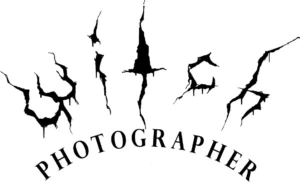
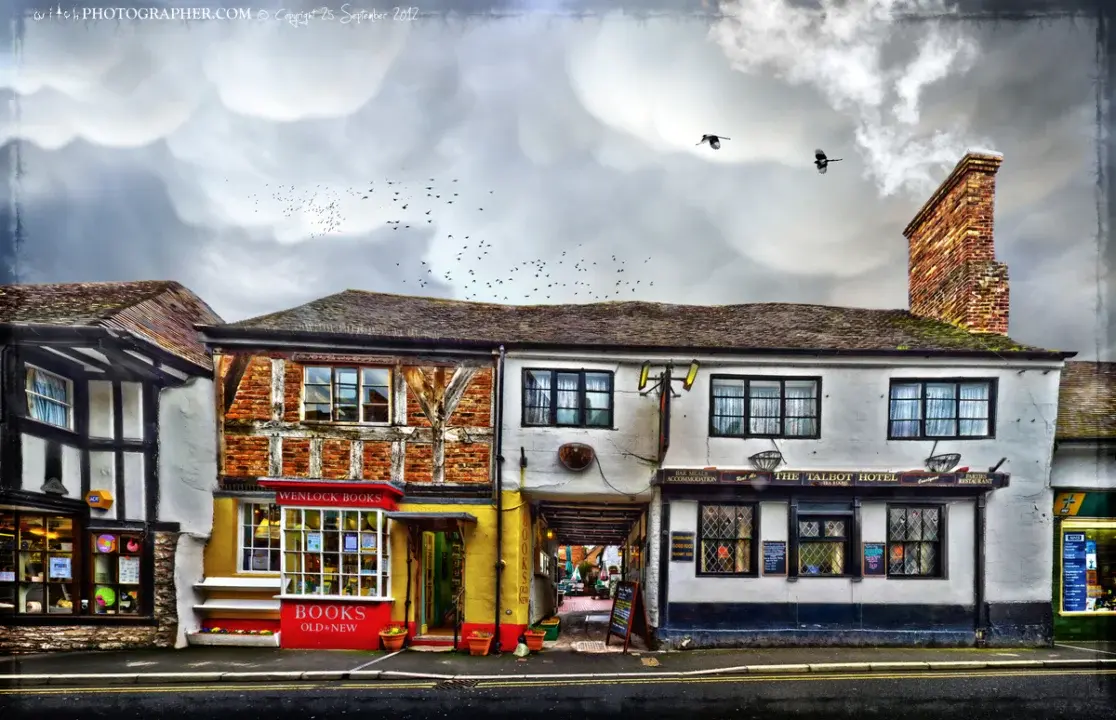
 Click a section to zoom in. These are
Click a section to zoom in. These are 







































































































































































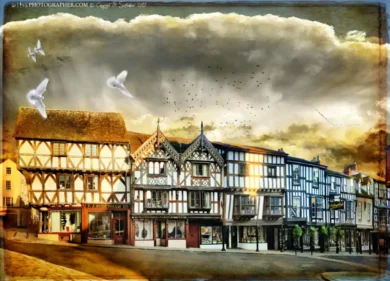
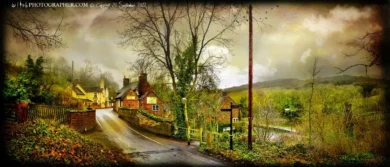
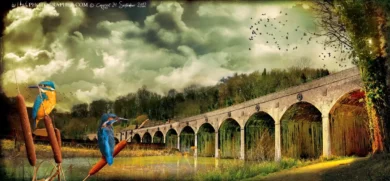
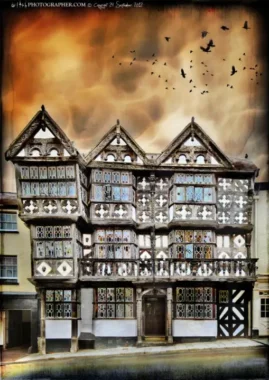
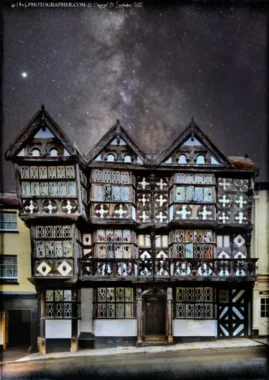

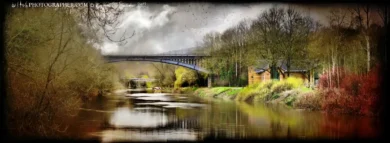



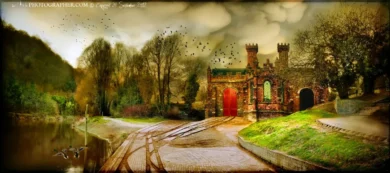
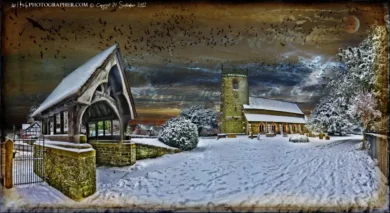
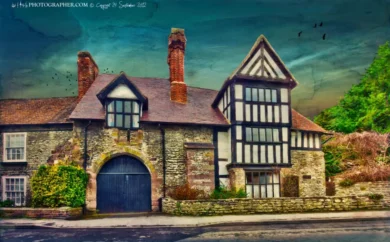
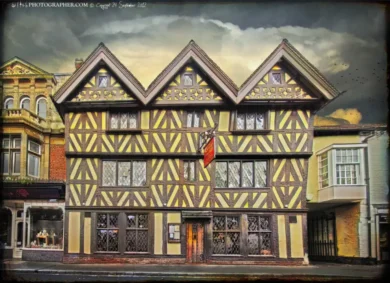
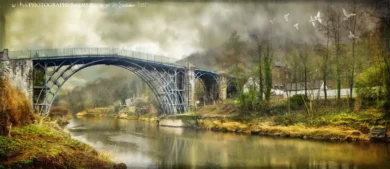

Reviews
There are no reviews yet.